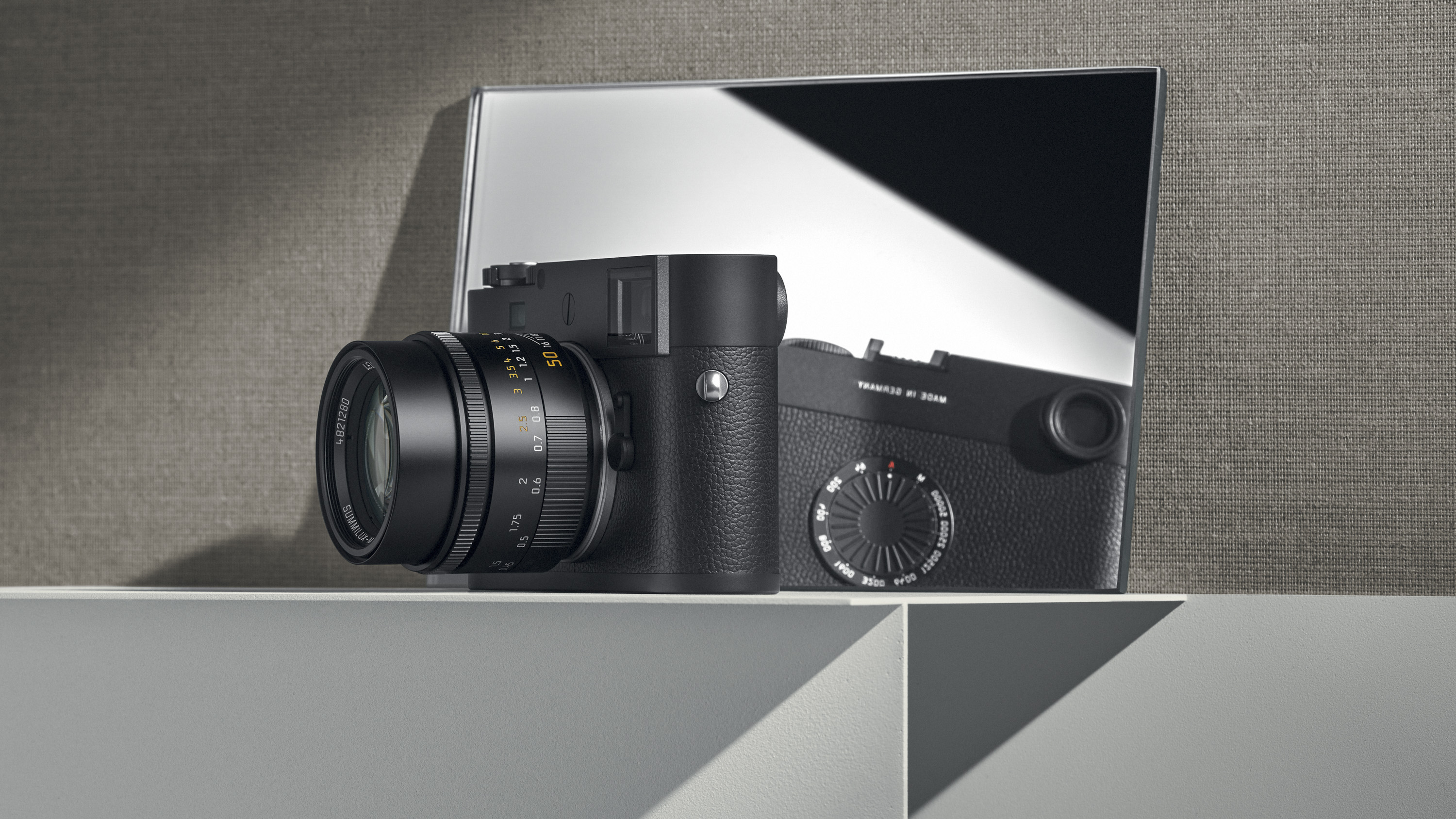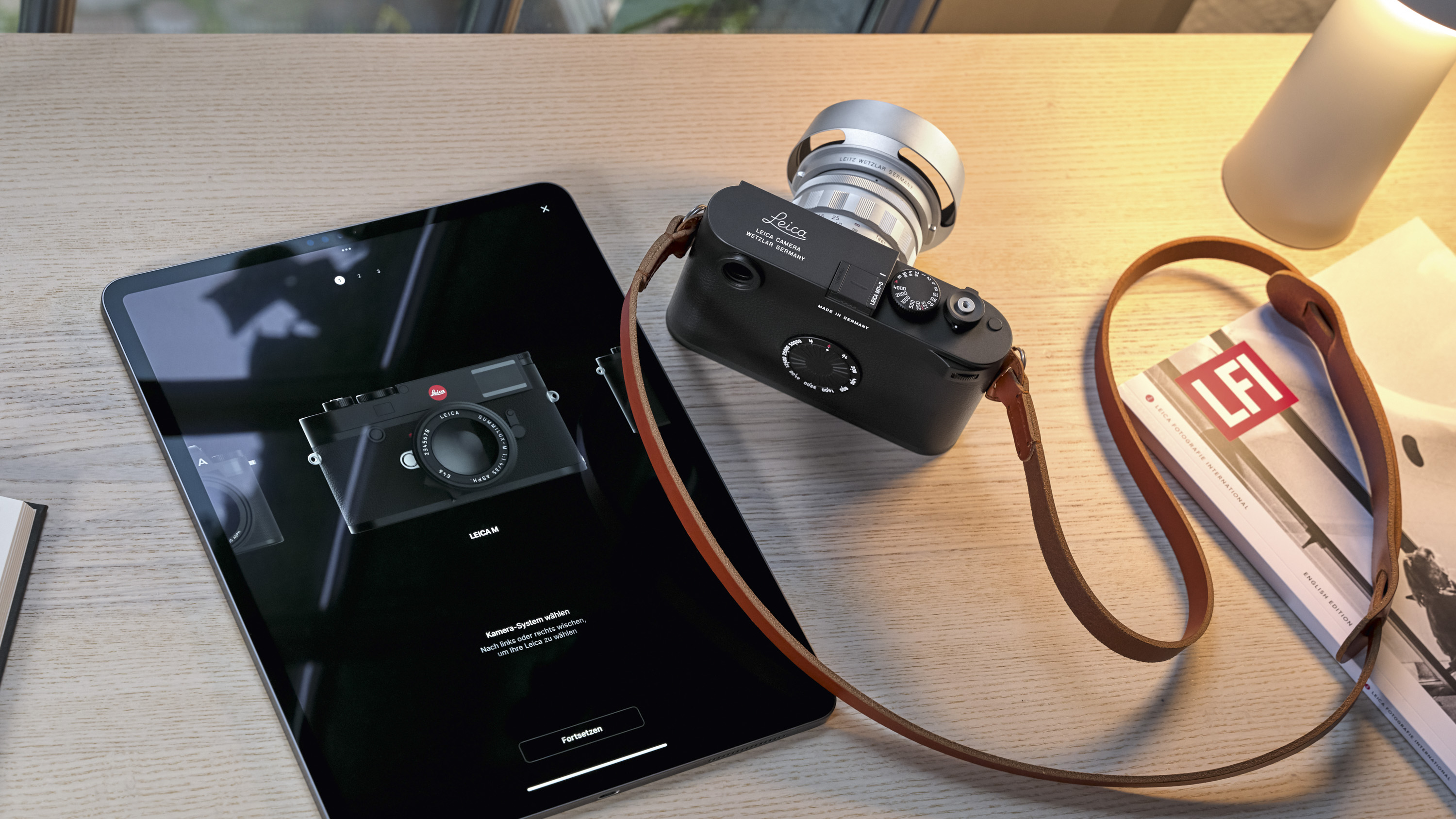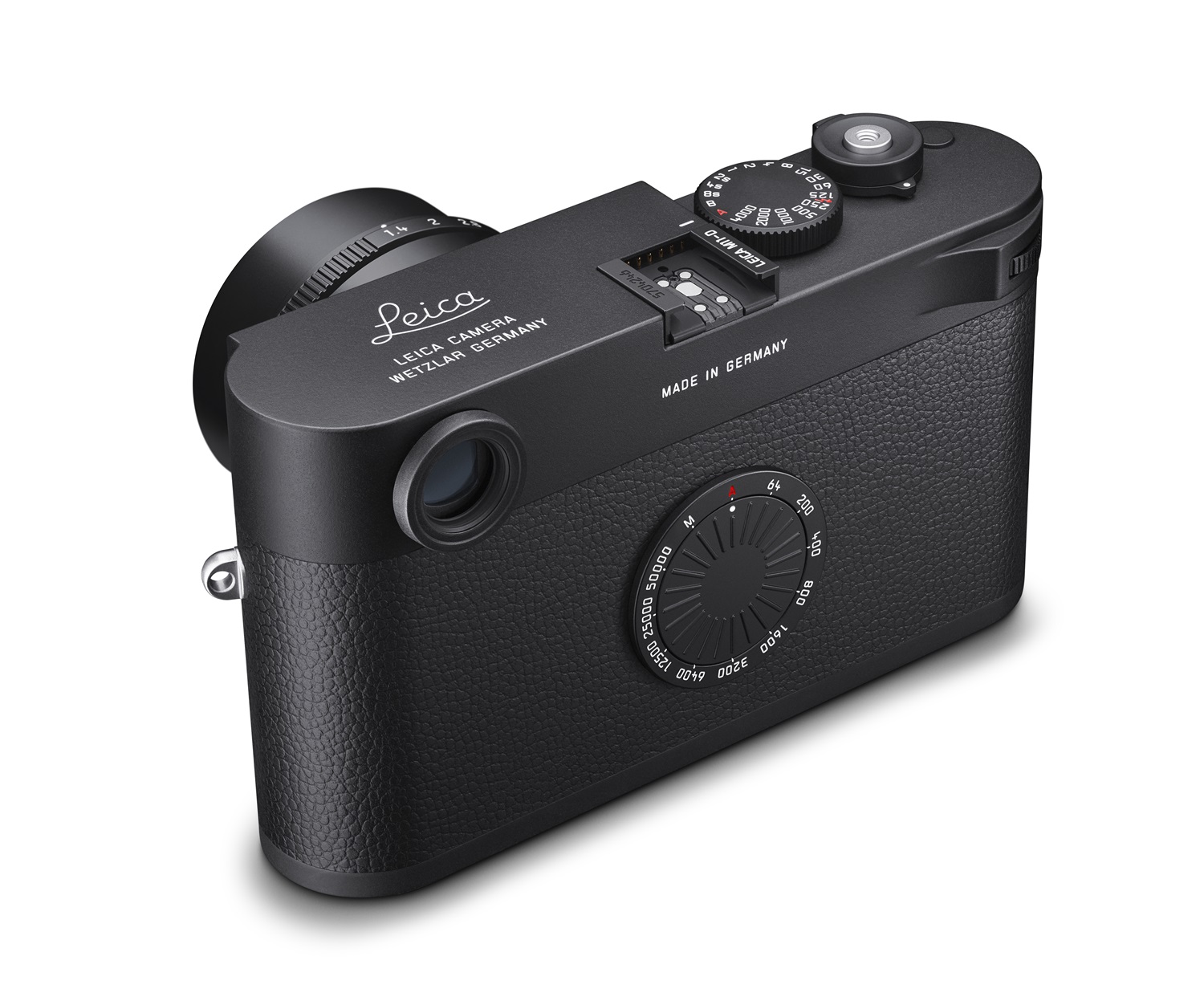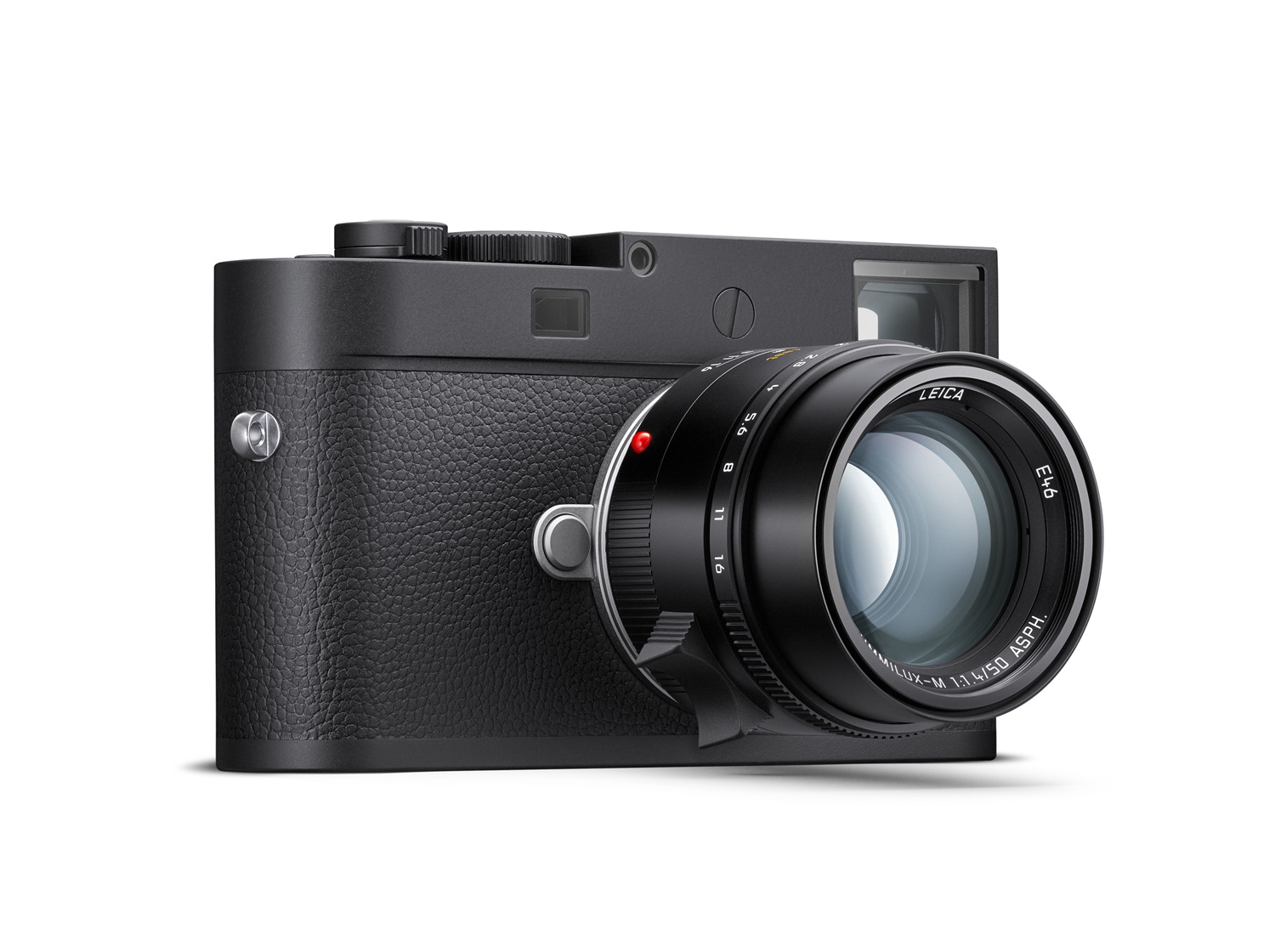The Leica M11-D costs over $9,000 and doesn't have a screen – and I still really, really want one
Analog photography fans will see the M11-D's appeal

Leica's M11 line-up is now seemingly complete with the announcement of the M11-D, the luxury German brand's costliest and most niche digital rangefinder yet. It's niche because of what it lacks: a screen, and I'm all for it.
The screen-less model follows the Leica M11, Leica M11 Monochrom, and the content credentials-featuring M11-P, debuting an ISO dial on the camera's rear in place of a touchscreen.
Anyone who's used an analog Leica rangefinder, such as the Leica M-A or Leica MP, will appreciate Leica's design choice here – the dial is where the ISO dial is usually located on Leica's classic film cameras.
By removing the instant feedback provided by a screen for image composition and playback, and installing a traditional ISO dial instead, Leica gives us about as authentic an analog photography experience as one could hope for from a digital camera.
Instead of in-camera playback, your 61MP photos can be sent via Bluetooth to your phone and viewed in Leica's Fotos app, and the DNG raw and JPEG files edited with your favorite mobile editor app, plus of course you can upload photos stored in the camera's built-in 256GB memory or UHS-II SD memory card to your computer at a later point.


Battery life is an impressive 700 shots using the rangefinder mode, which can be bolstered to 1,700 shots using Leica's adapted shooting cycle.
We still get Leica's 'Made in Germany' quality, and the understated all-metal, all-black M11-D weighs just 540g – that's 115g lighter than its peers, most likely because the touchscreen has been stripped out.
Sign up for breaking news, reviews, opinion, top tech deals, and more.
There's also the same C2PA-approved Content Credentials hardware as found in the M11-P, designed to help guarantee the authenticity of your digital images.
Otherwise, the M11-D packs the same 61MP sensor as found in other M11 models and the Leica Q3, with an uncropped 9528 x 6328 pixel resolution, and DNG raw file sizes in the region of 100MB and JPEGs around 15MB.
Leica has set the body-only price of the M11-D at $9,395 / £8,100 / AU$15,990. That's expensive even for Leica, and especially for a standard-issue version that lacks a screen – but perhaps it isn't logical to expect a screen-less Leica to costs less.



Does a screen-less digital camera make sense in 2024?
If you're used to shooting pictures with a digital camera or your phone, then not being able to check exposure on-screen and seeing your images immediately after capture will be an uncomfortable reality. However, if you want to get right back to the photography basics, it's a revelation.
On the M11-D you have manual shutter speed and ISO dials, together with the aperture ring on the attached lens, and precious little else to navigate. There's a steep learning curve to nail manual focus and image composition through the viewfinder, but I find it an addictive way of taking pictures, even if it's unsuitable for most photography genres – rangefinders sure do slow you down.
I recently had the Leica MP analog rangefinder for an extended period, and it was as refreshing as it was challenging. But I reveled in the experience, and I suspect I'd get a similar feeling with its digital equivalent, the M11-D, without the exorbitant ongoing cost of buying and developing film.
I feel a little pompous to champion a $9,395 / £8,100 / AU$15,990 digital camera that doesn't even have a screen, but for anti-tech, Leica, and analog photography fans, the M11-D makes the most sense of all. It's just a shame that I'm never likely to be able to afford one.
You might also like

Tim is the Cameras editor at TechRadar. He has enjoyed more than 15 years in the photo video industry with most of those in the world of tech journalism. During his time as Deputy Technical Editor with Amateur Photographer, as a freelancer and consequently editor at Tech Radar, Tim has developed a deeply technical knowledge and practical experience with cameras, educating others through news, reviews and features. He’s also worked in video production for Studio 44 with clients including Canon, and volunteers his spare time to consult a non-profit, diverse stories team based in Nairobi. Tim is curious, a keen creative, avid footballer and runner, and moderate flat white drinker who has lived in Kenya and believes we have much to enjoy and learn from each other.